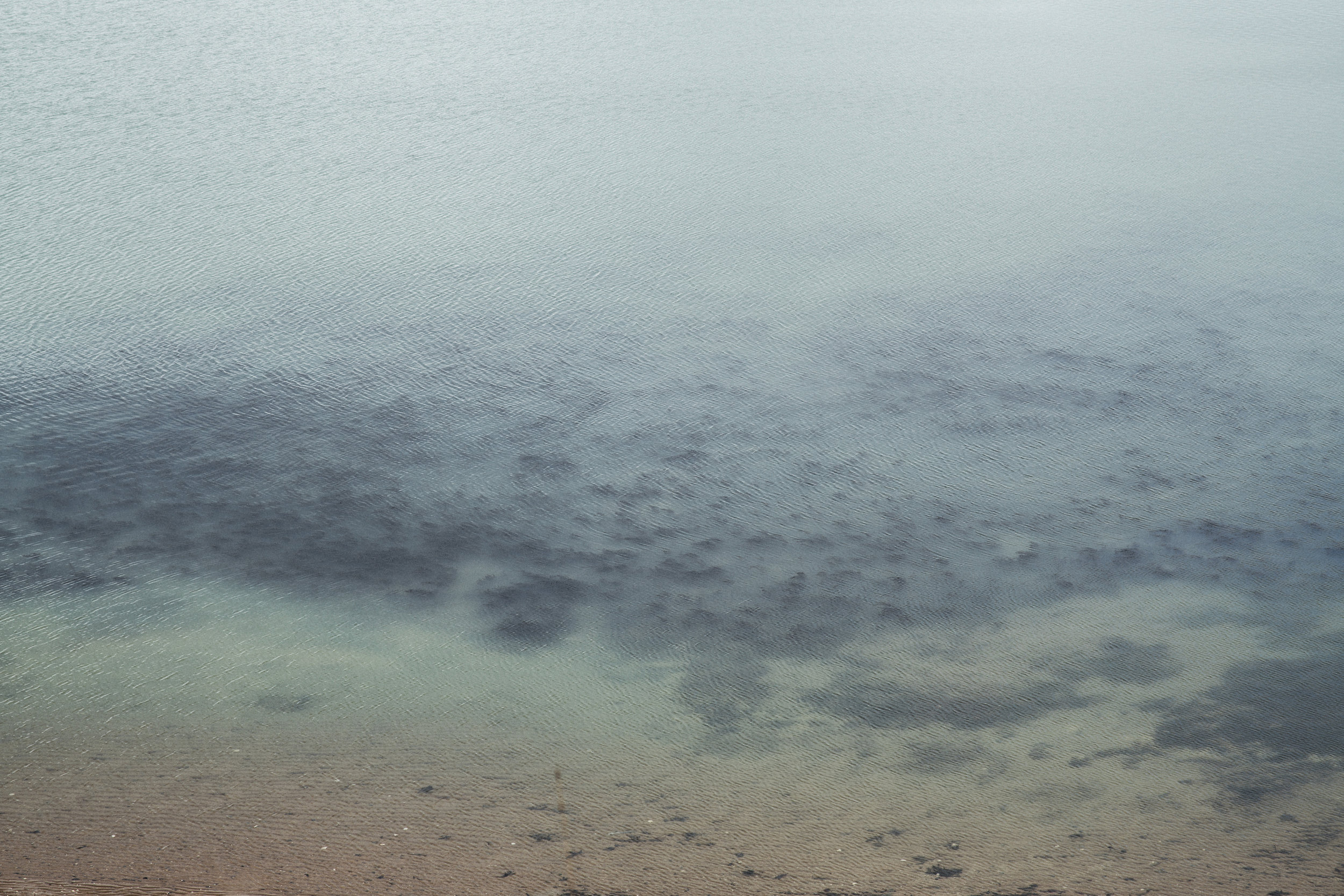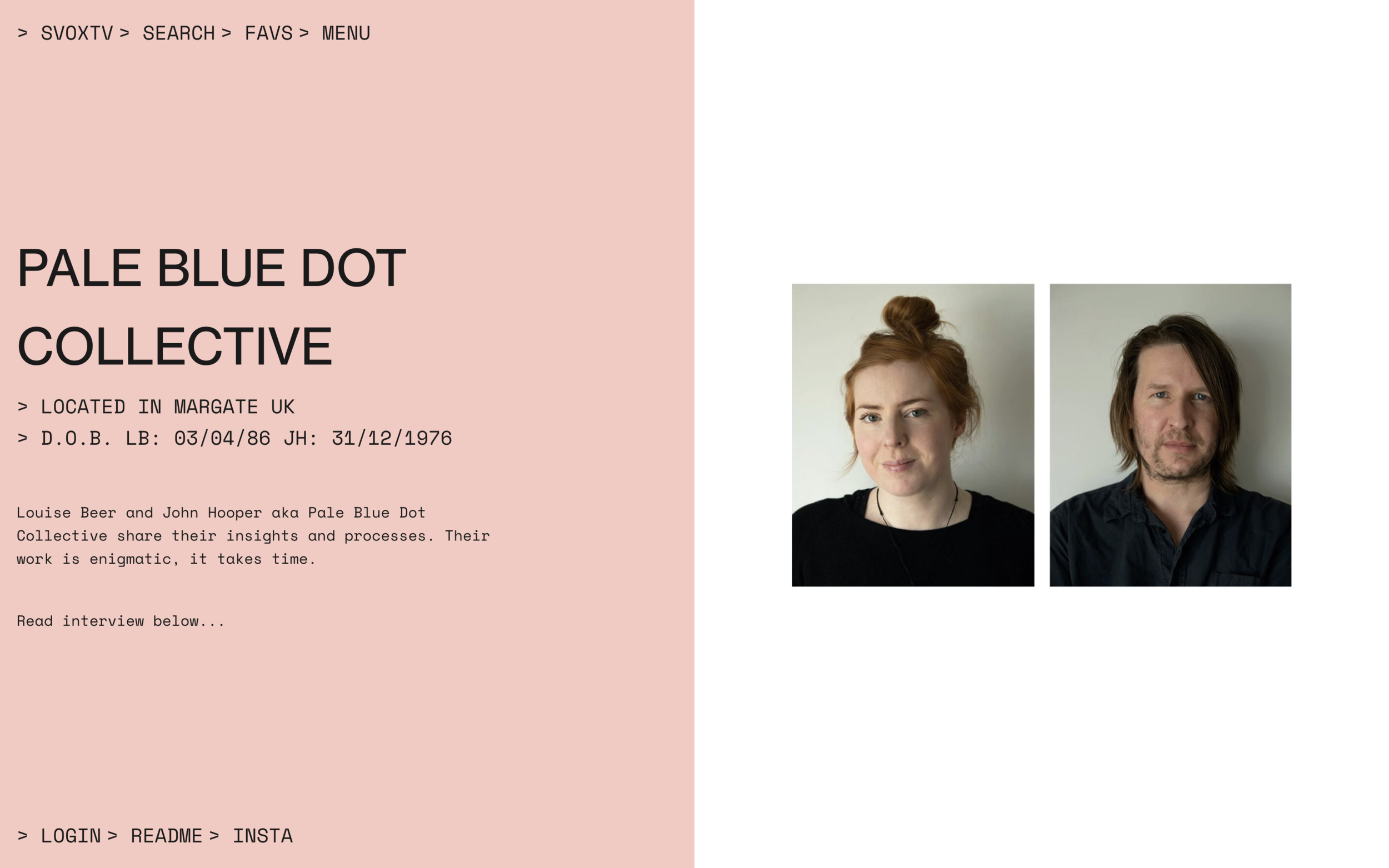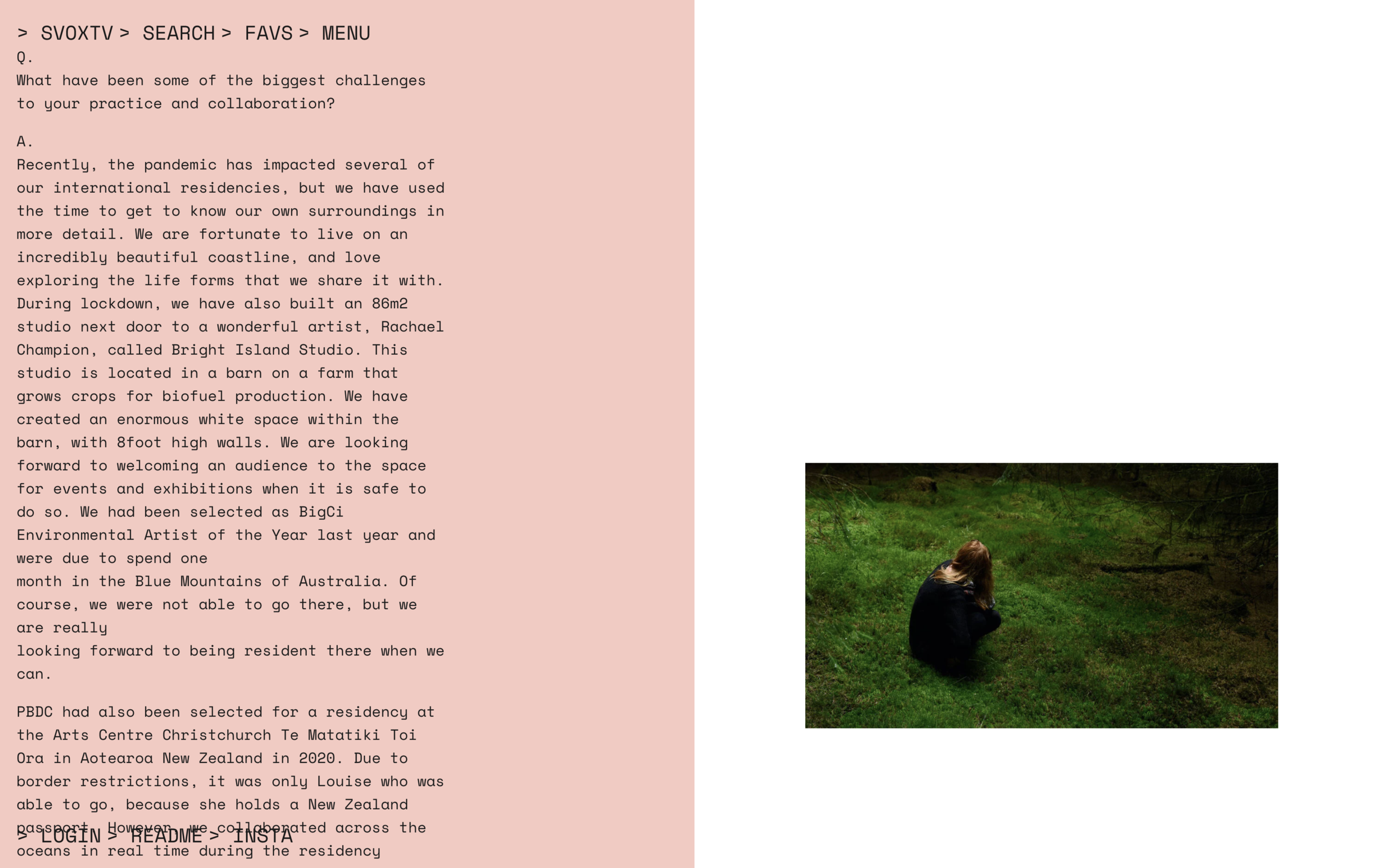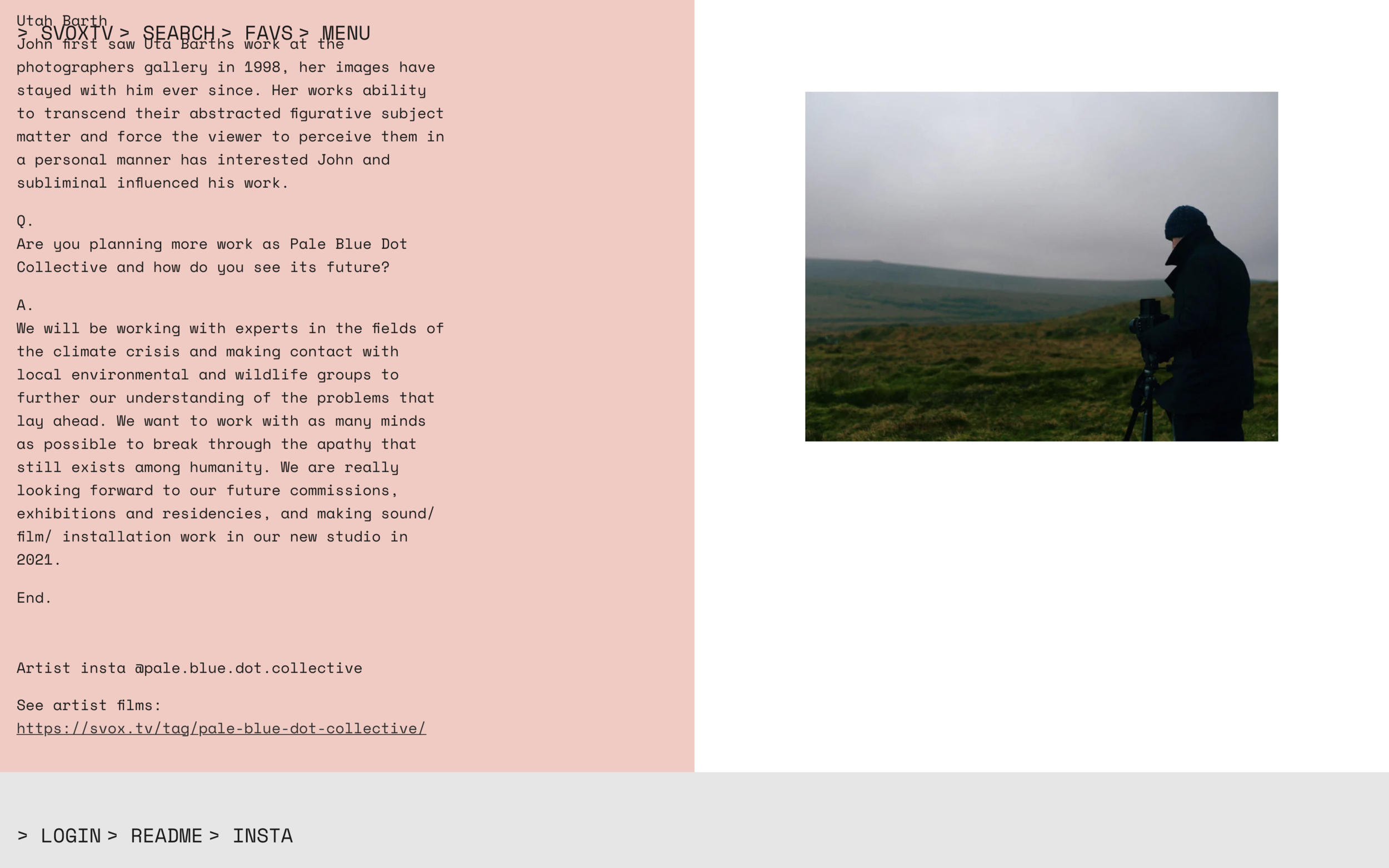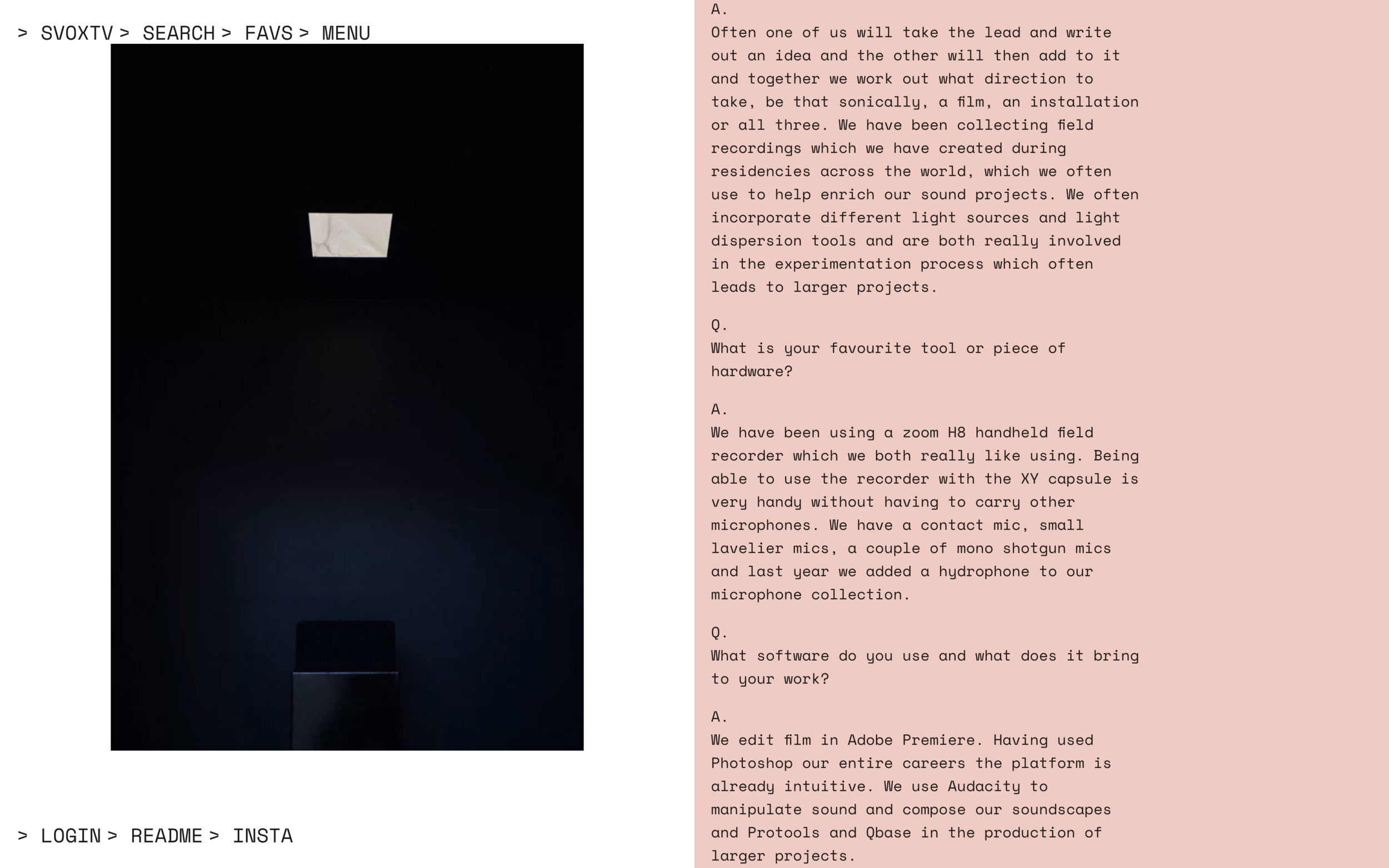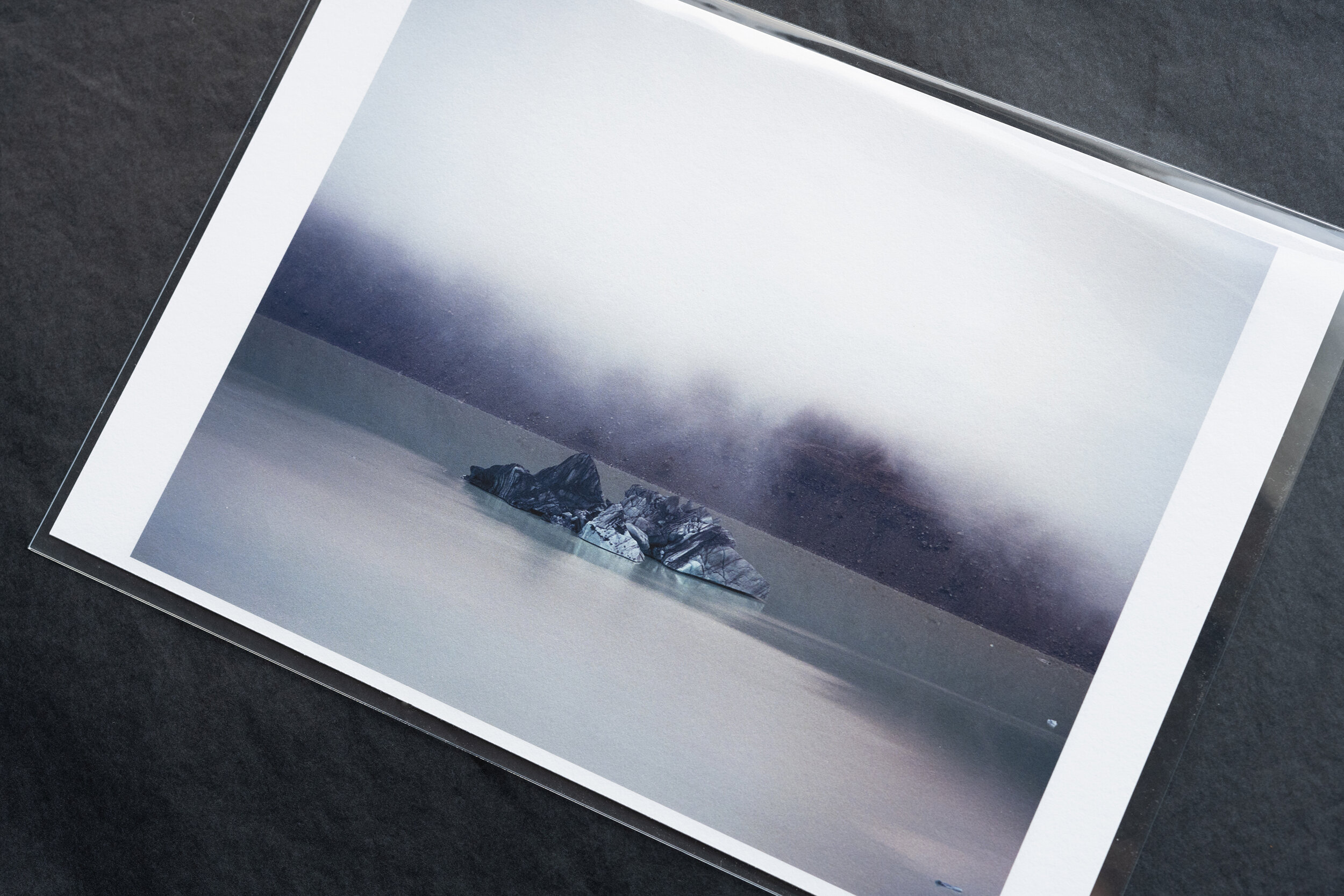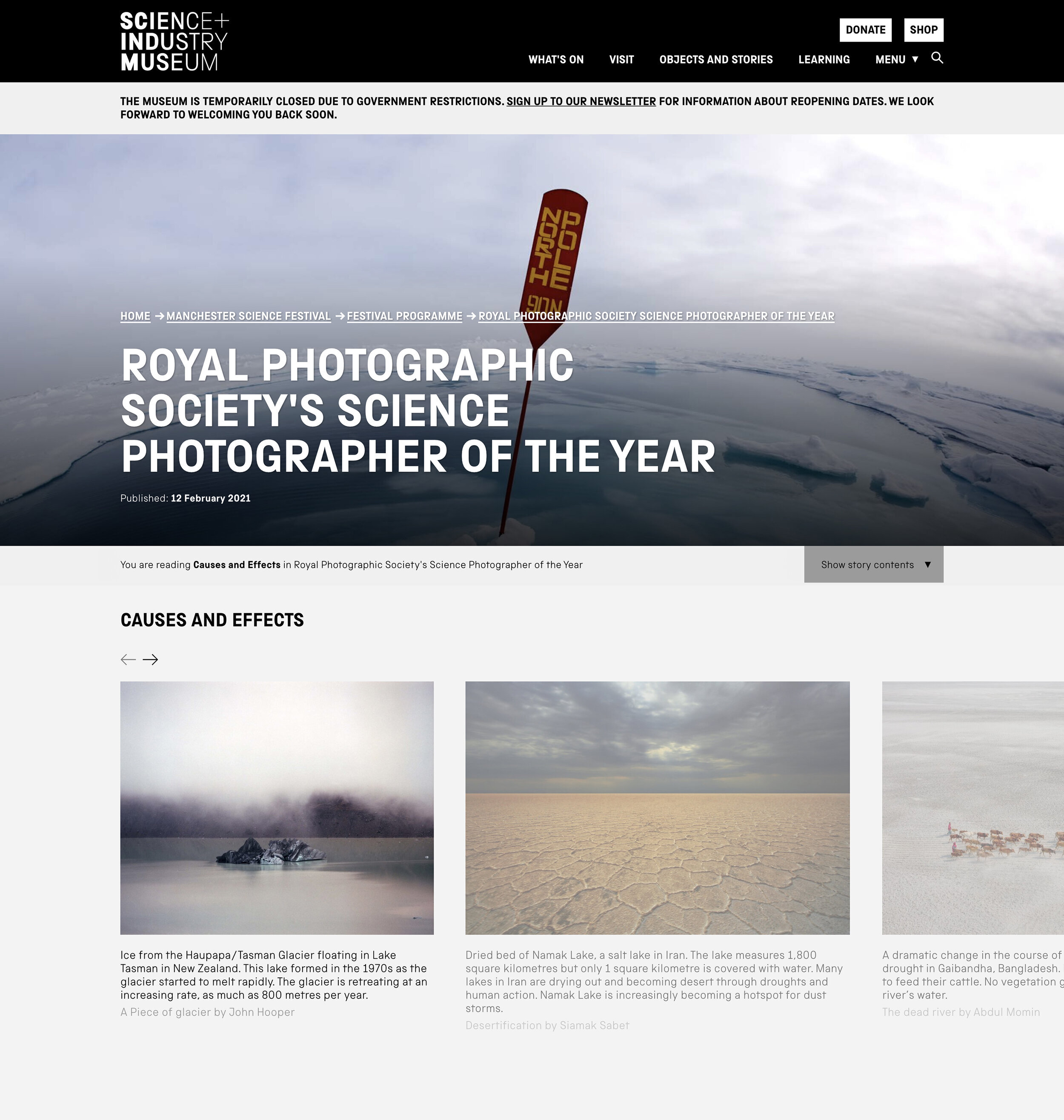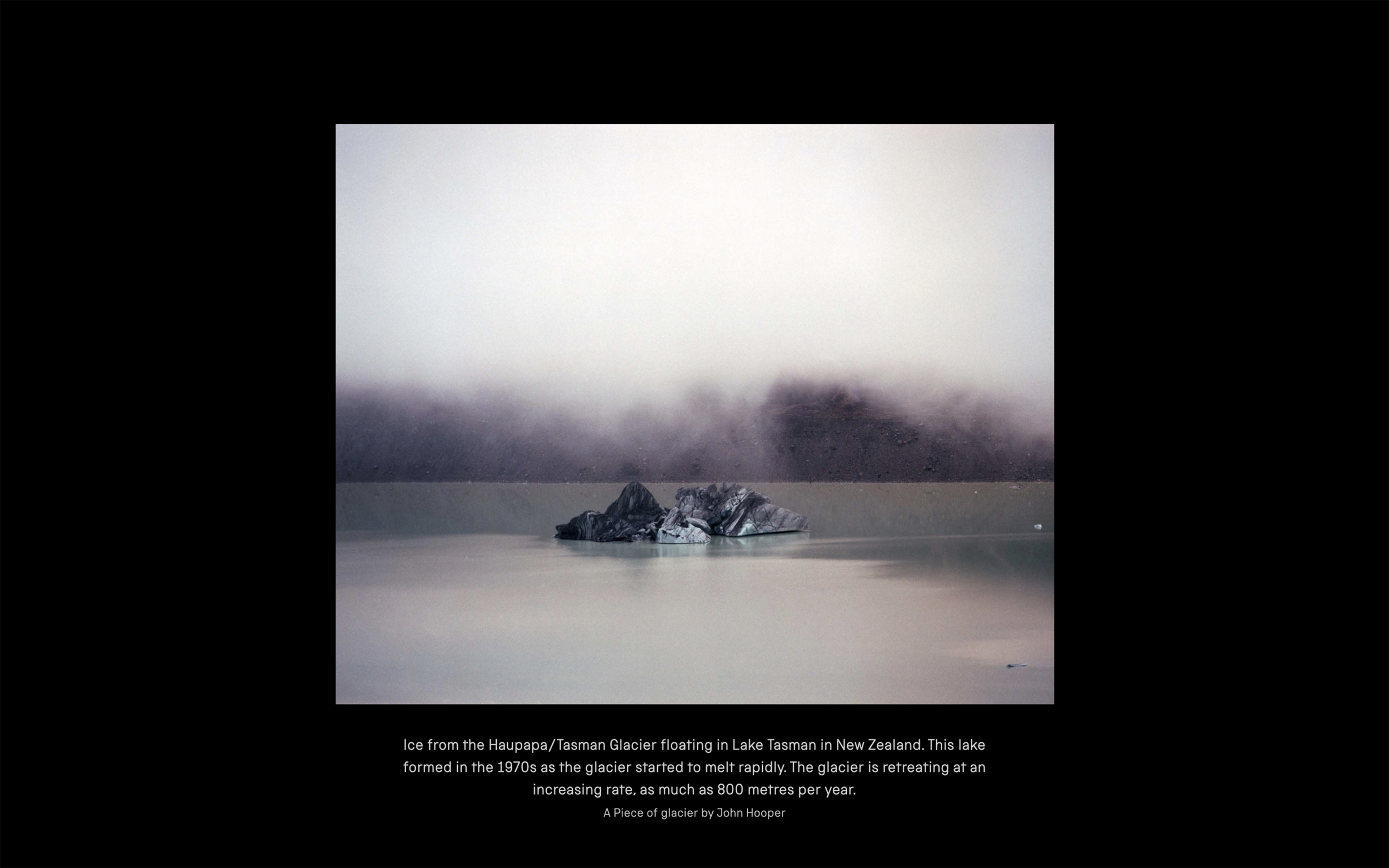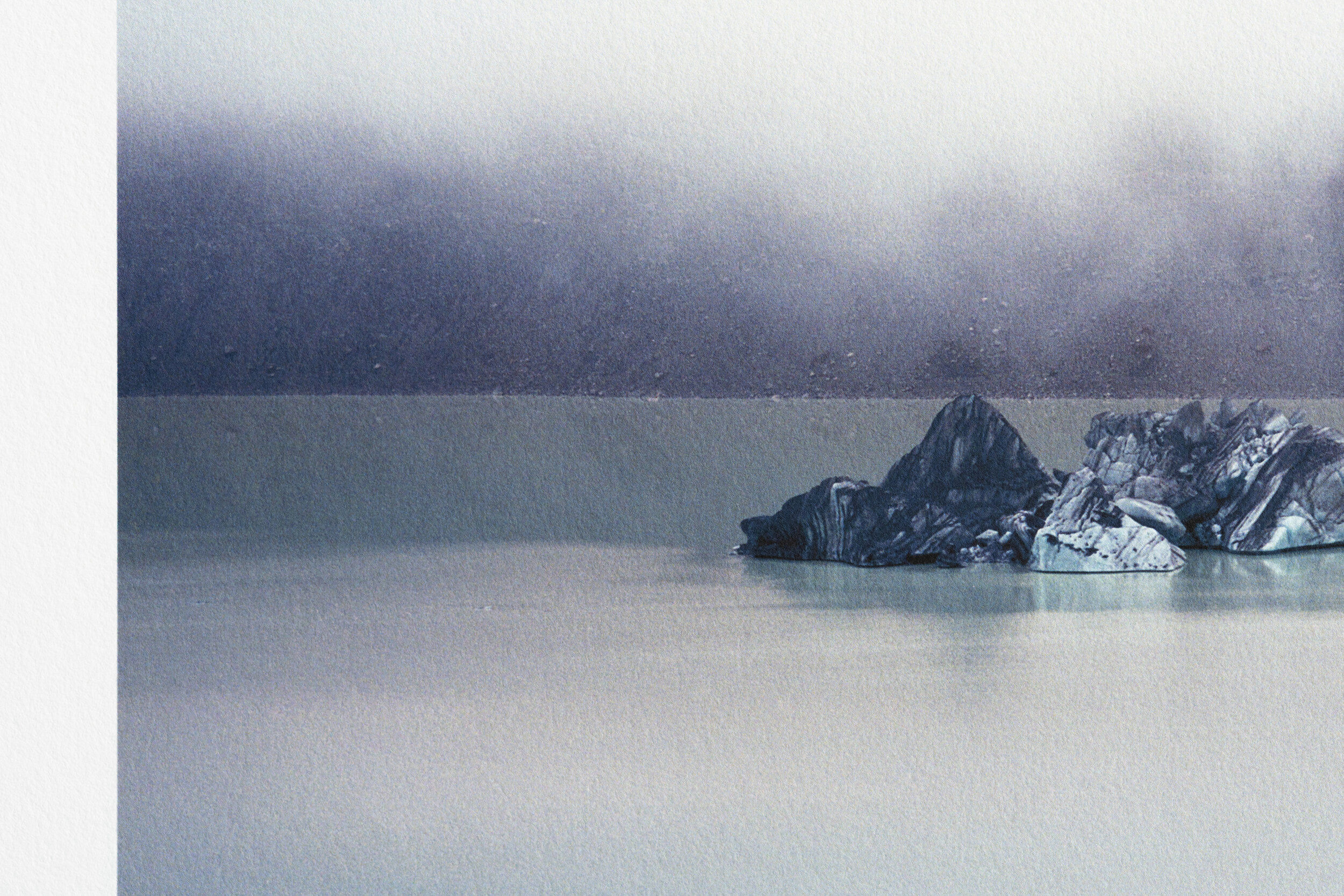March 6, 2024
Of Immeasurable Consequence
I am over the moon to reveal a project Louise Beer and I have been working on for the last four months. Under our collaborative name Pale Blue Dot Collective, we have been in residence with Fermynwoods Contemporary Art to create ‘Of Immeasurable Consequence’, an immersive photographic and sound based installation that will be installed in All Saints Church, Aldwincle from Sunday 24th March until Sunday 7th April 2024.
‘Please join us for a launch event from 6:30pm on Saturday 23rd March, featuring insight into the work by Louise Beer and John Hooper and an informal, interactive telescope viewing with an astronomer. The event is free, however please register your place from the link below.
The artists use installation, film, photography and sound to examine our place within the universe, framing the impact of the climate emergency through the eyes of evolution and the immense time period it has taken for each form of life to arrive at this point.
Funded by Northamptonshire Community Foundation's Creative Climate Action Fund, the work combines images, sound and light to transport the viewer to an imagined forest environment. With the artists' interest in the deep time nature of our existence on the planet, they have developed an installation that explores both the fragility and the miraculous nature of life on Earth.
Sound recordings from Fermyn Woods, made with a variety of homemade and professional microphones, are combined with their own archive of field recordings collected from around the world. The final composition transports the audience to a forest outside of our experience. Images taken under moonlight during their residency are installed in the central body of the church, juxtaposed with astronomical imagery that prompts us to consider our own place in the wider Cosmos.’
* In the event of bad weather, the astronomer will deliver a talk inside the church.














